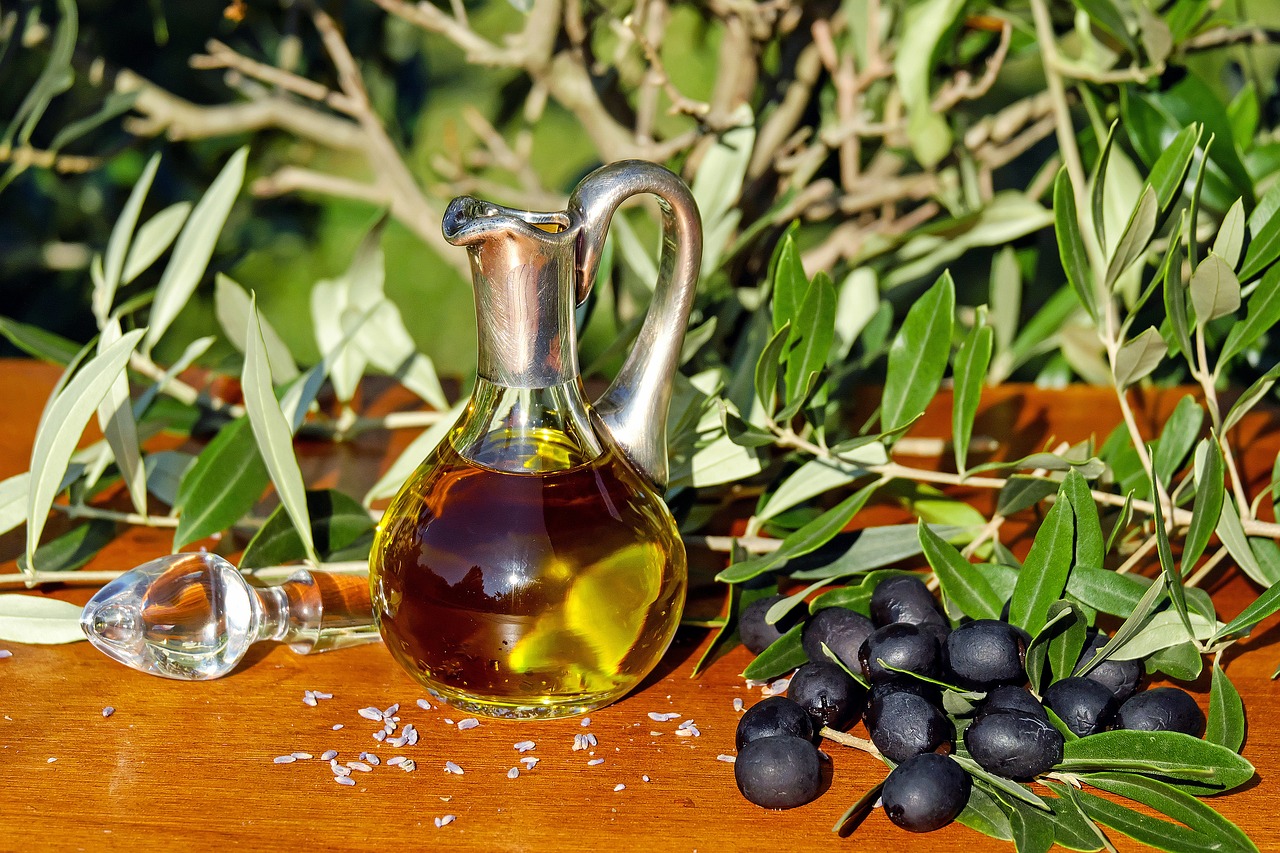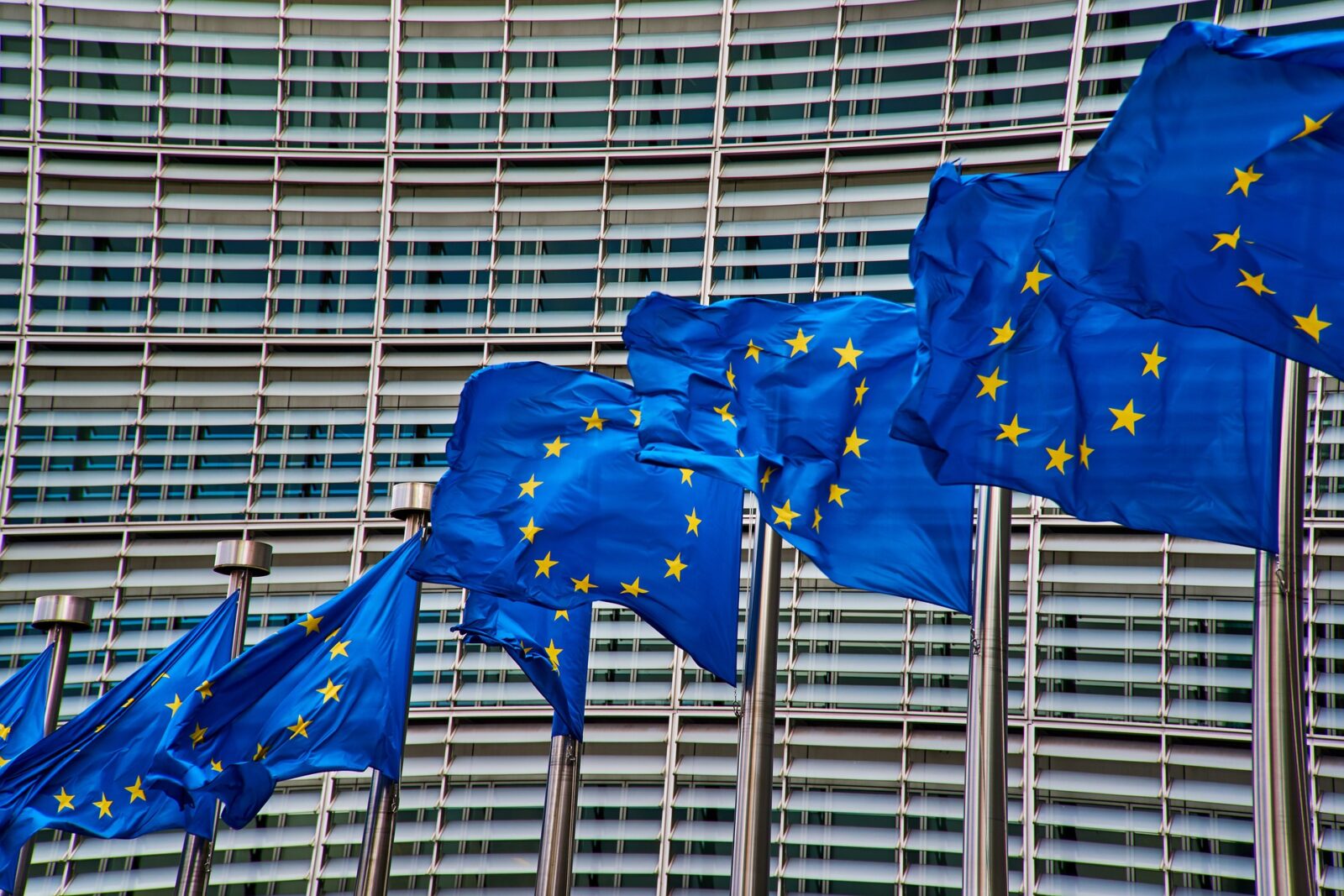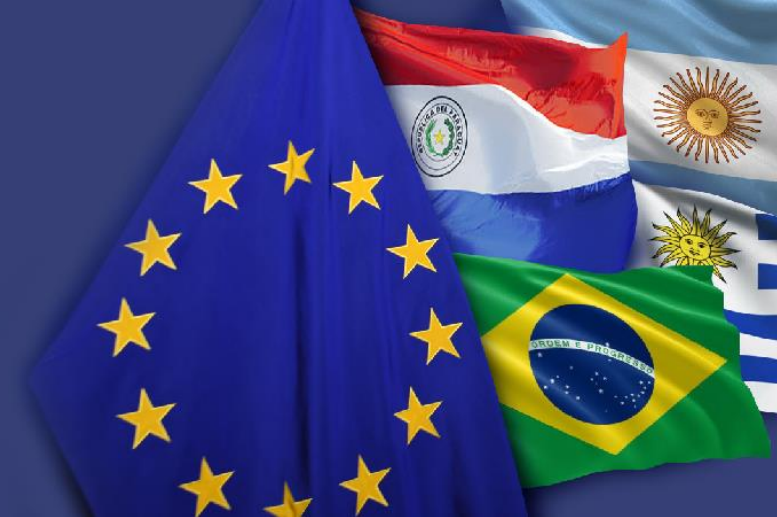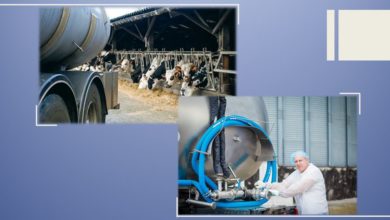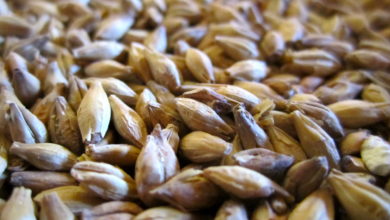
In a press release issued at the end of August on the ongoing decline in grain prices––when farmers are expecting a price of about €130 for a ton of wheat––the Coordination Rurale farming union has called for doubling the intervention price1.
As its name indicates, the intervention price is the price level at which intervention––that is to say purchase by public authorities—is triggered to balance the market. It therefore acts as a floor price in the European Union. The valid intervention price for soft wheat, hard wheat, paddy rice, barley and corn has been €101.31 per ton since 2000. It was previously quite higher, but was lowered by 30% in the 1992 CAP reform and then by 15% in the 1999 reform; these declines were totally and then partially offset by direct subsidies paid to farmers that reached €63/ton in the form of per-hectare aid. As a reminder, the setting of intervention price was the focus of EU annual negotiations, often labeled as “agricultural marathons” as it was always difficult to reach an amount. The graph below issued from a report by the French National Institute for Statistics and Economic Research (INSEE) shows that this EU floor price was progressively adjusted as technical progresses were lowering production costs, and this at a time when inflation was higher than today.

Répartition des productions agricoles en Russie
Source : Bonnays G., Latouche D., 1989, “Prix agricoles : baisse sur le long terme mais de fortes fluctuations”,
Economie et statistique n° 226.
The objective of the 1992 reform was to redirect he CAP by favoring a direct support to farming revenues through subsidies. The 30% and 15% declines of the intervention price have led to eliminate the preexisting rationale that implied adjusting productivity increases––and thus production costs––to the intervention price. By comparing the €101.31 to the European weighted average production costs––which is €228/ton of wheat in 2013 indicated in the latest Commission study2, we can see the intervention price may seem low to farmers.
In any case, when the European Commission indicates on its website that “grain and rice purchase by public intervention–known as ‘intervention’––was introduced to protect farmers from low market prices. Today, it is solely used in case of genuine need, thus providing farmers with a real safety net,”3 we might question the notion of “safety net” and of the adjective “real”. We can understand that at price levels higher than production costs, we are in an excessive support situation, but conversely, a net that is too close to the ground can be dangerous, and not only for trapeze artists!
For grain producers, the benefit of increasing the intervention price can also be seen for two other reasons. The first one is that their other safety net represented by direct subsidies is declining significantly. Since the loss of their coupled payments in 2010 (which equaled to 25% of the former per-hectare grain subsidy) to the implementation of the levy to stabilize the second pillar, the increase of packages for coupled support (mostly for livestock farming), and without even getting to external convergence (progressive leveling of per-hectare amounts between European countries) as well as internal convergence (same procedure at the national level), the latest reforms have led to several reductions. All in all, the level of decoupled support in the French grain plains will reach around €250 per hectare in 2020, or about €30 per ton, compared to €63 only two decades before.
Europe going against the flow
The second reason relates to the development of worldwide agricultural policies. There are two types of global policies for grain. On one side, farmers are given the means to protect themselves from international price volatility by offering them support according to prices. Such support, labeled as counter-cyclical aid, is widely used in the United States, where, especially in the PLC program, wheat farmers are guaranteed to finalize production sales through a subsidy granting $202/ton for 85% of their historical production, no matter what happens. It is indeed quite a stronger safety net! On the other side, especially for population giants such as India or China, grain producers are protected by customs duties providing them with very high intervention prices––$360 for wheat in China, and between $240 and $320 in India.
The European Union does not fit any of such two categories, as it exposes its producers to international prices but does not give them the means to be protected against such uncertain prices. It refers to farming “resilience” and to hypothetical private risk management tools that have significant limitations and are of no assistance in case of long-lasting depressed markets4.
The benefits of this debate
Although it is currently lower, inflation remains a reality. In many economic sectors, there are regulation systems with some markers varying according to inflation or price index. It would not be totally absurd to think that the intervention price could also be indexed to inflation. In any event, that would not require endless negotiations. For the record, if the intervention price had been upgraded to include inflation since 2000, it would have been €127 in 2016.
In addition, a debate on the intervention price would have the advantage of highlighting the benefit of considering all available levers to prevent major price falls, and thus rebalance supply and demand. It might be too soon to mention a return to fallow land in Europe, but it would indispensable to understand that our policy promoting biofuels is a mean to stimulate demand. At a time when the European Commission is planning to lower by 50% the rate of incorporation, it seems imperative to consider again biofuel output as one of the variables to balance markets. There lies the importance of considering the flexibility of incorporation mandates to put food consumption over non-food consumption while using that sector as a shock-absorber for agricultural markets5. More widely, in regard to the rise in power of grain production in the Black Sea countries, a deeper thinking should be initiated on the future of some short-term and long-term export markets.
Ultimately, an examination on increasing the grain intervention price is required. It helps us understand that Europe goes against the flow of other agricultural powerhouses that provide genuine safety nets. It also shows that strategic thinking on combining this tool with other regulation measures is crucial at a time when we are moving toward a third black year for the revenues of grain producers.
Jacques Carles, Founder and chairman of Agriculture Strategies
Frédéric Courleux, Director of studies of Agriculture Strategies
1 http://www.coordinationrurale.fr/prix-cereales-producteurs-bord-de-labime/
2 http://ec.europa.eu/agriculture/rica/pdf/Cereal_farms_report_2013.pdf
3 https://ec.europa.eu/agriculture/cereals_fr
4 Voir notamment cette article http://www.momagri.org/(…)/Les-marches-a-terme-et-les-assurances-revenus-ne-sont-pas-des-substituts-aux-regulations-publiques(…)
5 Voir en particulier http://www.momagri.org/FR/articles/Biocarburants-une-politique-plus-flexible-est-possible_1785.html


